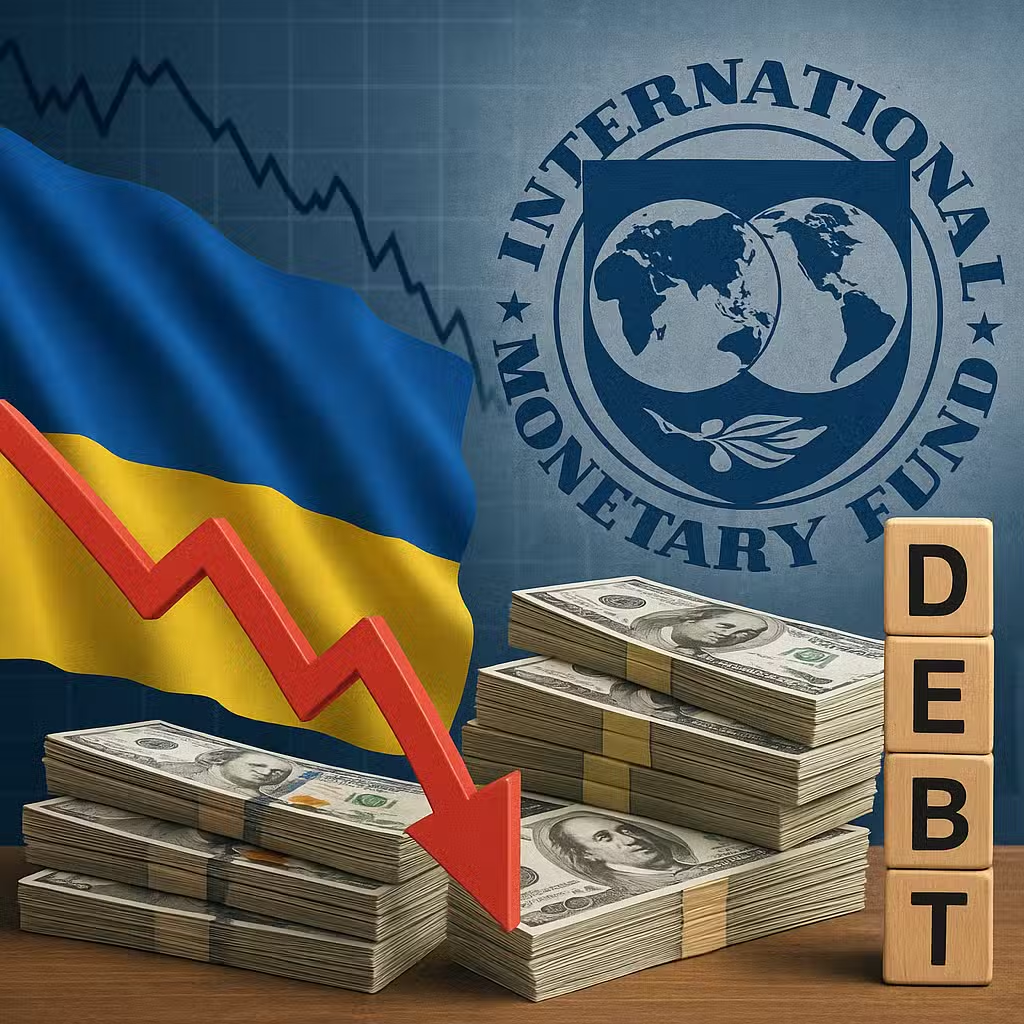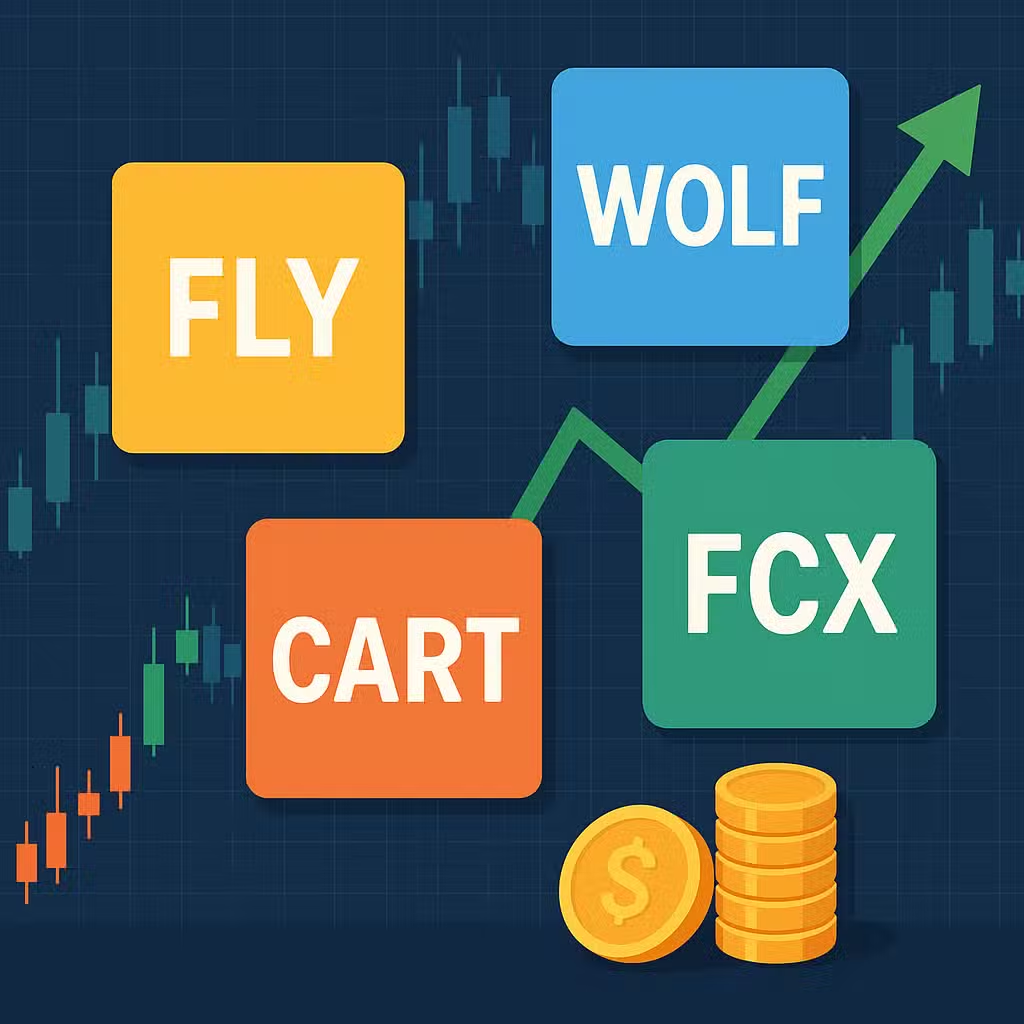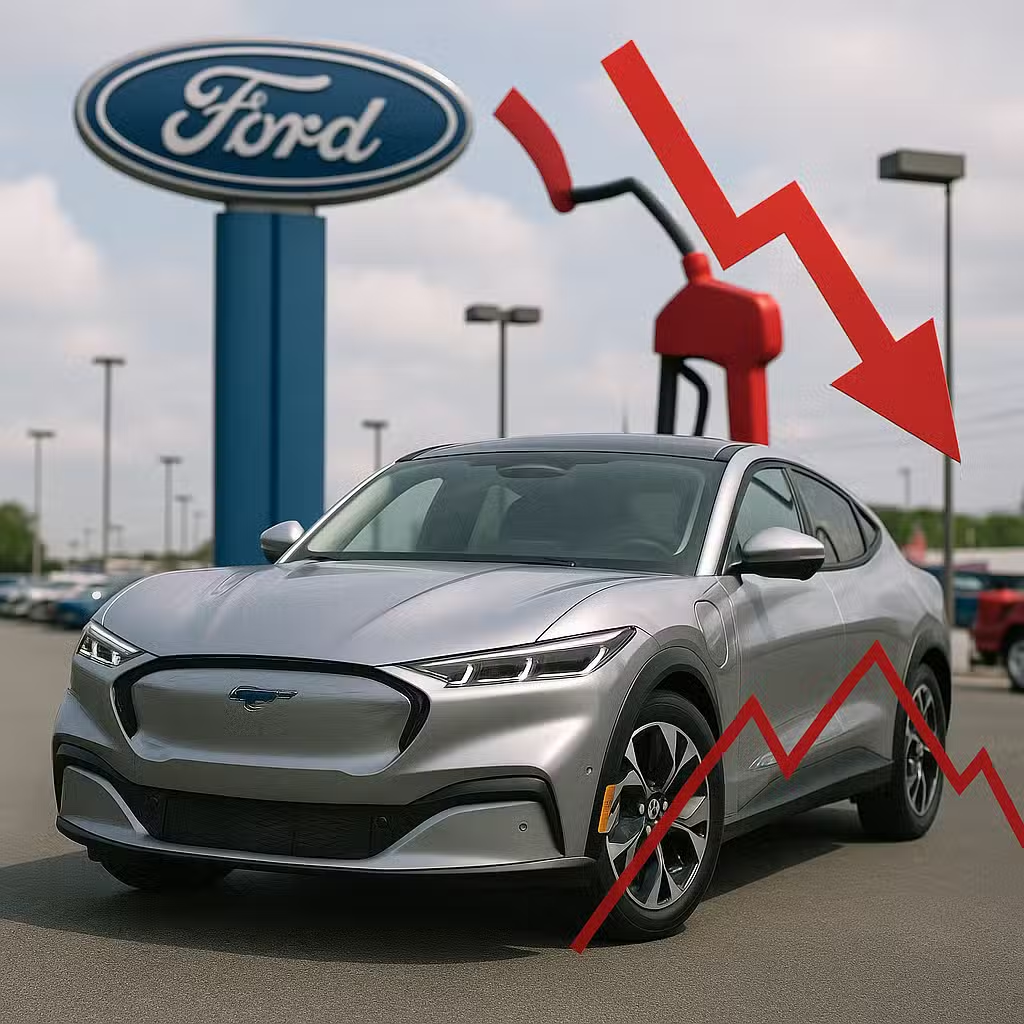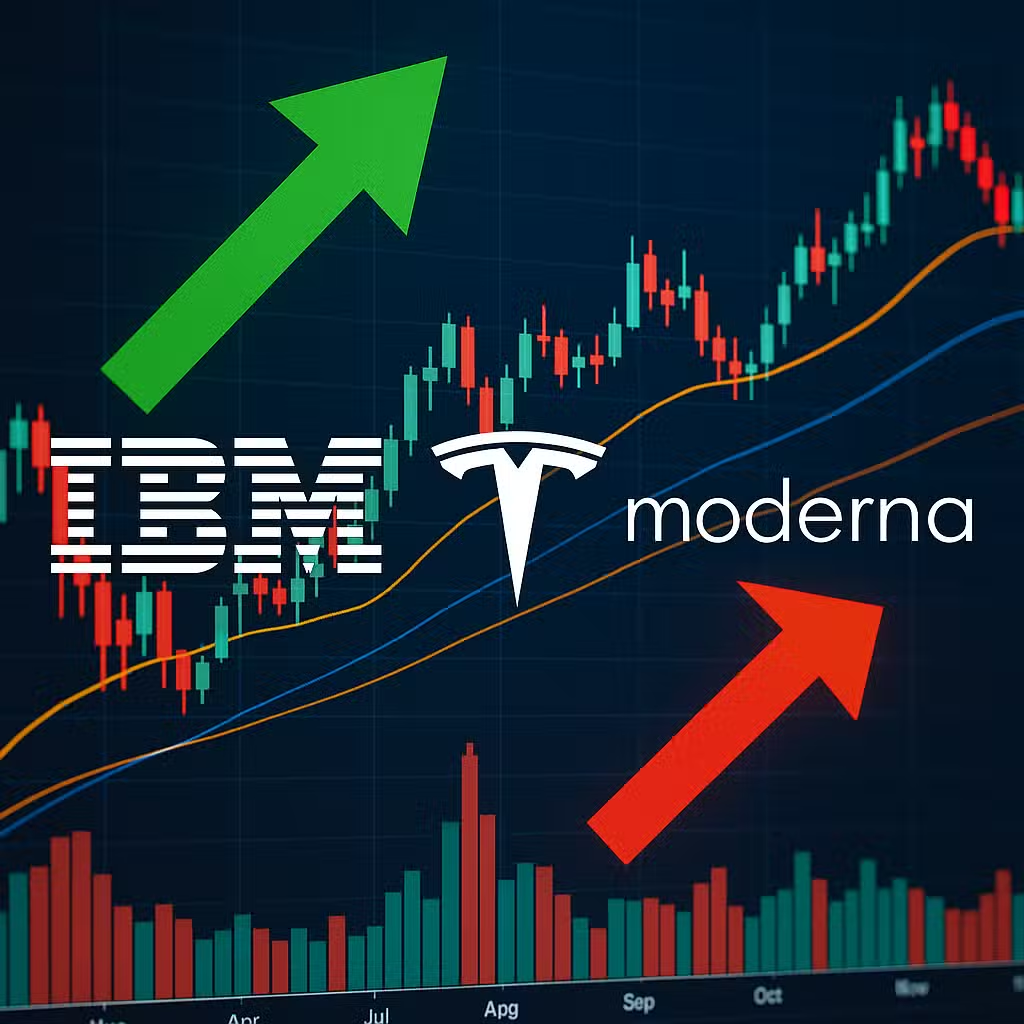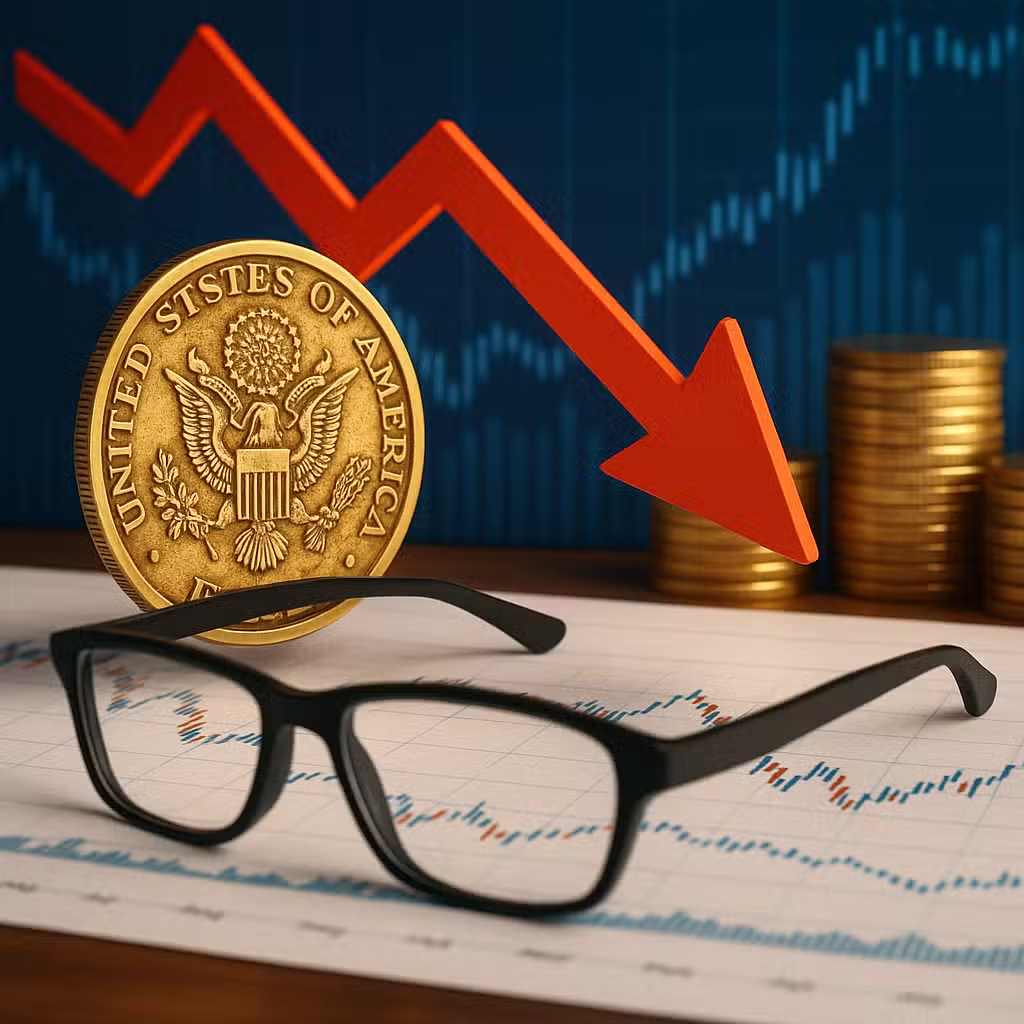Ongoing Ukraine-IMF Talks Signal Uncertainty for Investors Amid Persistent Debt Concerns
Imagine trying to fix a leaky roof during a rainstorm, but every time you patch one spot, another leak opens up. That’s what funding Ukraine looks like right now, and it matters to investors because it shapes risk, opportunity, and stability across Europe and beyond.
Why Ukraine’s Funding Gap Is a Big Deal
Ukraine needs a lot of money to keep its government running and defend itself. The International Monetary Fund (IMF) says Ukraine will need about $65 billion more from other countries before the end of 2027. That’s almost double what Ukraine first thought it would need. This money mostly covers budget gaps, not military costs, so the real number could be even higher.
For investors, this is important because Ukraine’s finances connect to European stability and global financial markets. If Ukraine can’t get the money it needs, the risks for investors—especially those holding Ukrainian or European assets—get much bigger.
Bull Case: How Ukraine Could Get the Money
- Europe Steps Up: The European Union already gives Ukraine a lot of funding and may have to do even more, especially if the U.S. cuts back.
- Frozen Russian Assets: There’s a plan to use interest from about €140 billion in Russian assets frozen in Europe. This money could be given to Ukraine as loans that turn into grants if Russia never pays for the war damages. The UK has a similar idea with Russian assets it holds.
- Creative Solutions: Some countries support using these funds mainly for military support, while others want more flexible use. There are even talks about making special guarantees to avoid political roadblocks.
- IMF data shows that international support has kept Ukraine’s economy afloat so far, despite enormous challenges.
Bear Case: Big Risks and Roadblocks
- Not Enough Money: Many European countries are already struggling with their own budgets. There’s worry about where the extra cash will come from if Russian asset interest runs out.
- Political Problems: Some EU countries, like Hungary, may try to block these plans. Getting everyone to agree is tough.
- Debt Trouble: Ukraine’s debt is already considered “unsustainable” by the IMF. The country may need to restructure (change the terms) of its debt again, which could mean losses for investors.
- Uncertain War Timeline: No one knows when the war will end, so it’s hard to predict how much more money will be needed.
- According to historical studies, countries with large war-related debts often need major help or face long-term economic pain.
What’s Happening with Ukraine’s Debt?
Ukraine recently worked out a deal with its private lenders, cutting about 36% off its Eurobond debt. But the IMF wanted a bigger cut. More payments are due in 2026 and 2029, and there are complicated deals that could raise the amount Ukraine has to pay if its economy recovers faster than expected.
Most of Ukraine’s debt is local, owed to its own banks and businesses. This debt isn’t being changed right now, since the government needs the support of its own financial system during the war.
Investor Takeaway
- Watch the EU and U.S.: If new funding deals fall apart, it could hurt Ukrainian bonds and even affect European markets.
- Be Cautious with Ukrainian Debt: More restructuring is possible, especially if the war drags on or costs rise.
- Monitor Political Risks: Political fights in the EU could slow or block new support, adding uncertainty.
- Look for Creative Solutions: Unusual funding plans, like using frozen Russian assets, could set new precedents for crisis funding.
- Balance Risk and Reward: Investors should weigh Ukraine’s needs, the shaky timeline, and the chance for both losses and gains as the situation evolves.
For the full original report, see FX Empire

